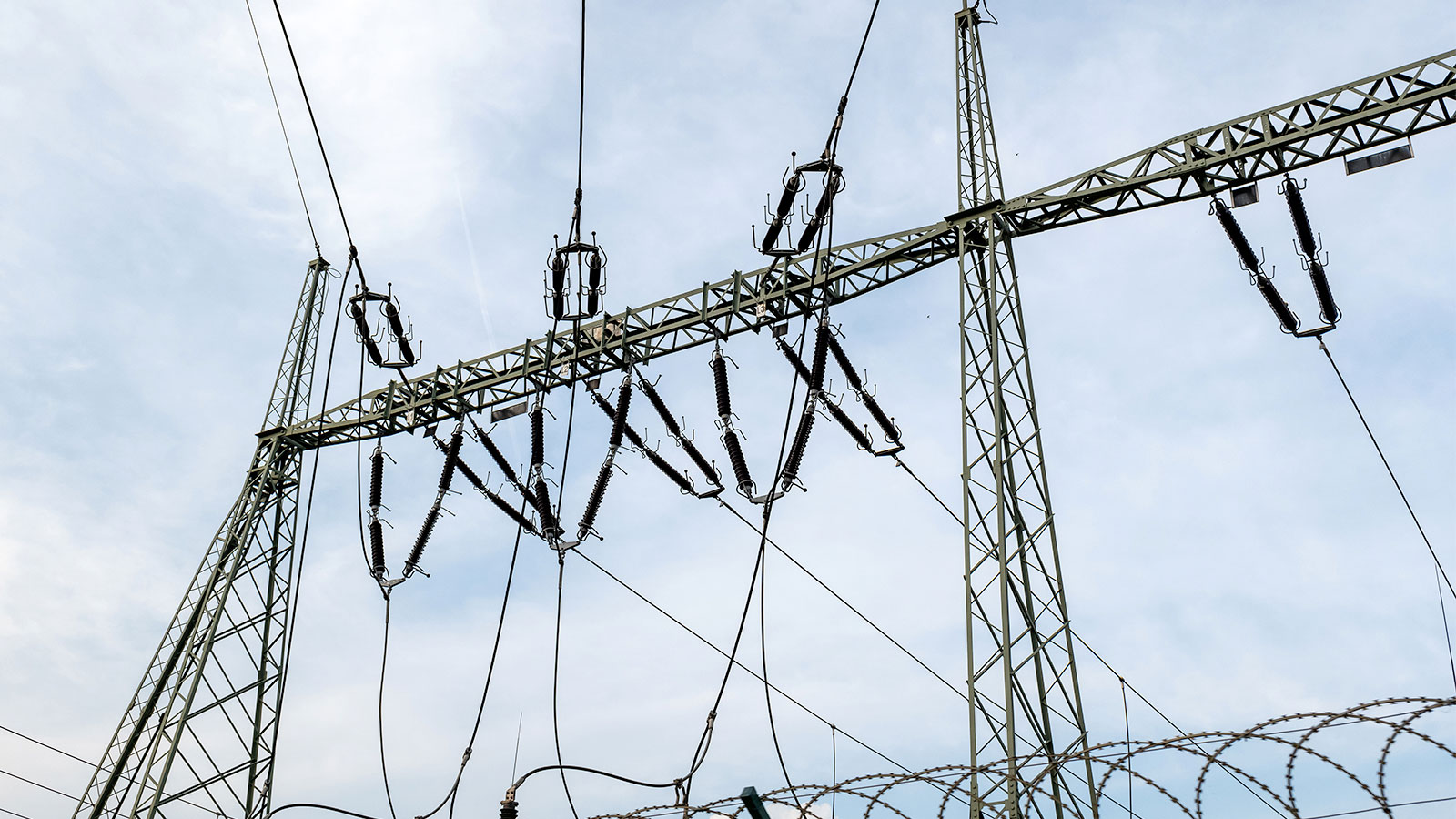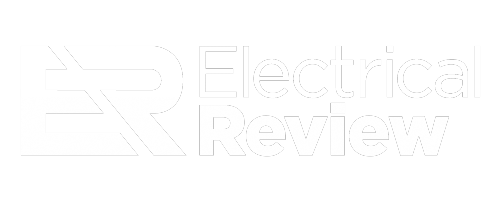The National Energy System Operator (NESO) has set out an updated timeline for overhauling Great Britain’s grid connections process, with a focus on fast-tracking projects critical to the Government’s Clean Power by 2030 target.
It’s been a long time coming, with many complaining that the grid connections process had become unbelievably slow – with some getting connection dates well into the 2030s. While there have been movements already to speed up the process, NESO is now outlining exactly when the process will change.
The plan aims to give investors and developers firmer milestones and, according to NESO, could help unlock around £40 billion a year in economic growth alongside thousands of high-skilled jobs.
Developed with the UK Government, Ofgem and network companies, the roadmap commits to dates for the remaining phases of reform, seeking to cut project risk and enable customers to plan against a clearer set of delivery points. NESO added that key programmes, including Contracts for Difference (CfDs) and the Regional Energy System Plan (RESP), are not delayed by the new timetable.
NESO acknowledged earlier issues with its evidence submission portal and said customer feedback has been built into the next phase. The operator said that its latest schedule provides the certainty developers need to advance projects.
What changes when
From December, NESO and the distribution network operators will begin contacting customers to confirm which projects have secured a place in the reformed connections queue. Revised connection offers will also start to be issued from December, with priority given to protected projects due to connect in 2026 and 2027. Offers for 2030 and 2035 connections will follow next year.
Kayte O’Neill, Chief Operating Officer, National Energy System Operator, commented, “Today NESO sets out the updated timeline to deliver connections offers to our customers as we continue the transformation of our electricity network. It is a crucial move towards achieving clean power by 2030 and will help drive economic growth across Great Britain.
“By focusing on agreements for projects that are both critical for 2030 and ready to proceed, developers gain the certainty needed to make investment decisions.”
Reacting to the changes, Christophe Williams, CEO of Naked Energy, commented: “It’s promising that NESO is taking steps to speed up the grid connections process, as this will be vital for us achieving net zero. However, the problem remains that too many projects will be waiting years to get connected. This isn’t good enough for many businesses – they need to decarbonise now in order to hit their 2030 targets.
“We can take a lot of pressure off NESO and speed up these electrification projects if businesses look to decarbonise their heat instead. In British industry, heat makes up around 70% of total energy demand. Across the whole economy, heat accounts for 37% of the UK’s carbon emissions (17% from space heating and 14% from industrial heat). Electrification has been a heavy focus so far, but heat is the sleeping giant of the transition.
“Companies struggling with electrification can decarbonise heat directly on-site with “grid-edge” technologies that don’t take anything from the grid. Instead of waiting years to decarbonise, companies can instead use grid-edge tech to decarbonise right now on their own sites.
“The technology is complementary to the power grid, as it frees up capacity that would otherwise be taken up through heat pumps or electric boilers that need electricity. It will help us to actually achieve our 2030 net zero targets, while saving billions in taxpayers’ money that is forecast to be spent on electrification. This is an incredibly simple and efficient solution to the electrification challenge – it’s not replacing electrification, but rather is helping it.”
The test will be whether the December communications and phased offers translate into faster, bankable connection dates for projects feeding the 2026–27 window and the wider 2030 goal.

